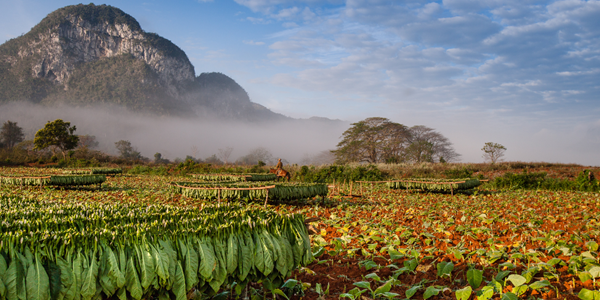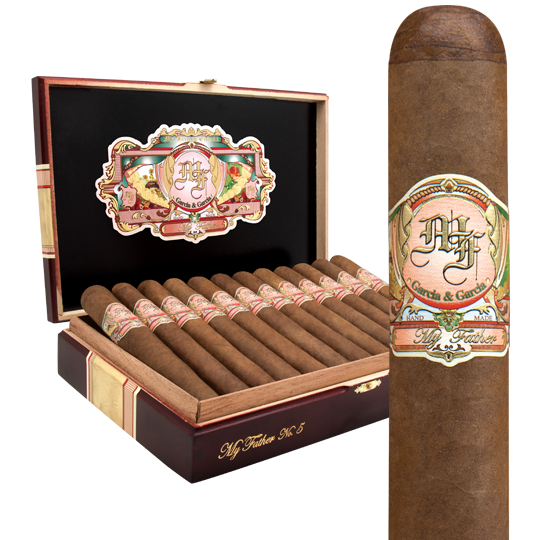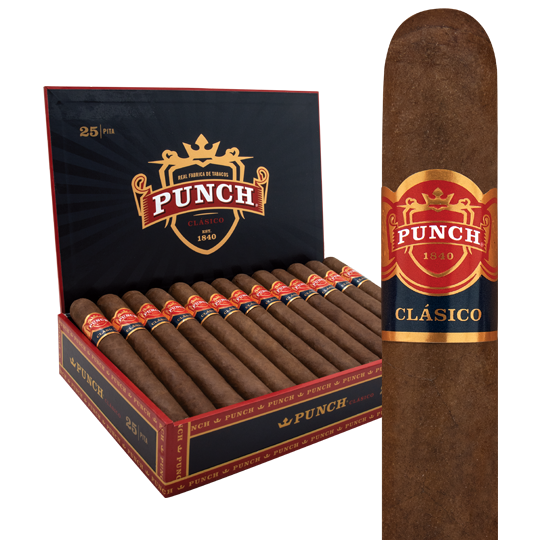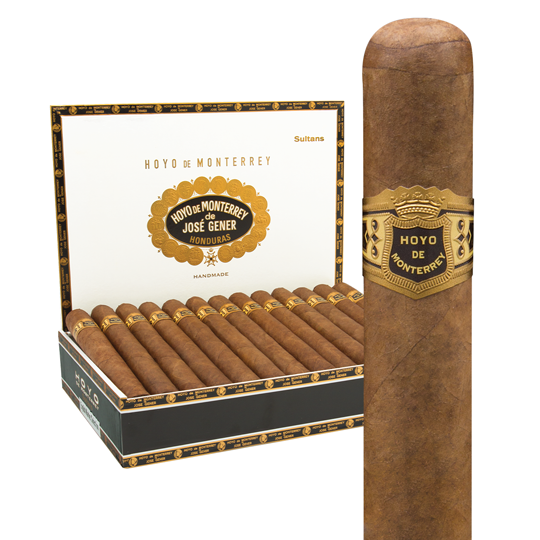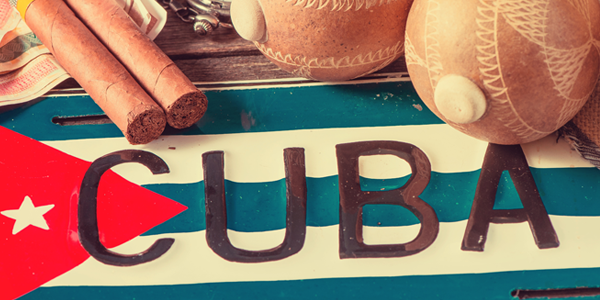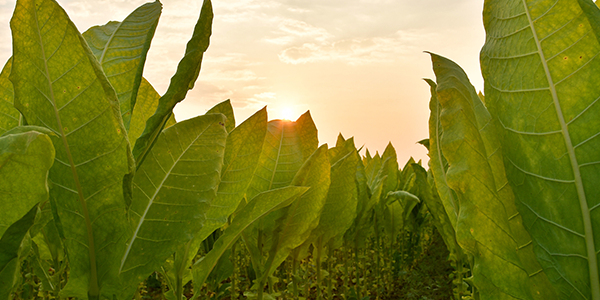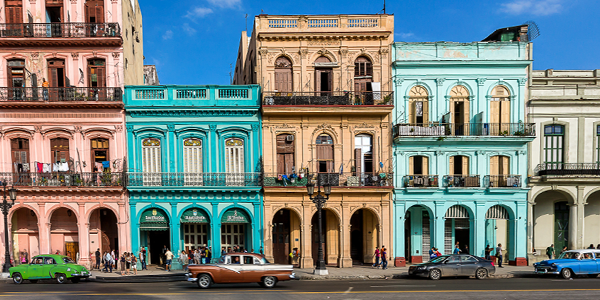What Is Cuban-Seed Tobacco?
Straight up, cigars that are promoted with the phrase “Cuban-seed tobacco,” are not cigars that are grown in or made in Cuba. Cuban cigars are made from tobacco grown with Cuban seeds, but so are some cigars using tobacco grown outside of Cuba.
So, What Does It Mean?
The term Cuban-seed tobacco usually refers to plants that are grown outside of Cuba with seeds that originated in Cuba, meaning seeds that came from tobacco plants grown in Cuba.
Not only is the first plant grown outside of Cuba with Cuban seed considered to be grown from Cuban seed, but all subsequent plants using the seed from the plant grown outside of Cuba also claim the title.
The Post-Revolutionary Exodus
The exodus of Cuban seed began in earnest with the exodus of Cuban cigar-makers after the Castro revolution nationalized the island’s cigar industry. The cigar makers took their prized tobacco seeds with them to countries like Honduras and, later, the Dominican Republic and Nicaragua, among others. In fact, some prescient Cuban cigar-makers had begun experimenting with planting Cuban seeds in Central America as early as 1956. Frank Llaneza, the father of Honduran Punch and Hoyo de Monterrey cigars took those early, cured tobacco leaves back to Cuba in 1957 to test them in cigars. Daniel Rodriguez, one of pre-Castro Cuba’s most successful growers, grew tobacco in Nicaragua shortly after fleeing Cuba in 1960. The Oliva tobacco-growing family, wary of Fidel Castro, planted a tobacco farm in 1960 in La Plata, Honduras.
“We had a jump on producing tobacco outside of Cuba,” John Oliva, Sr., told Cigar Aficionado.
Those liberated Cuban seeds laid the foundation for the non-Cuban cigar industry we know and love today.
So, Why Aren’t Cuban-Seed Cigars the Same as Cuban Cigars?
First, remember that the origin of cigars is determined by the nation in which the cigars are manufactured. More importantly, there are many factors that go into creating the flavor and other characteristics of a cigar. The seed from which the tobacco is grown is significant, but not necessarily most important. A seed planted in Cuban soil will not yield a tobacco leaf that tastes the same as that same seed varietal planted in Honduras, the Dominican Republic, or Nicaragua, though many Cuban cigar-makers have favorably compared Nicaraguan soil to Cuban soil. Ultimately, non-Cuban cigars, because of the capacity to blend tobaccos from anywhere in the world, can be much more complex than Cuban cigars.
How Do the Seeds Get Out of Cuba Today?
Simply, they are taken out by human beings. In 1998, I was sitting having espresso with a well-known tobacco grower in Estelí, Nicaragua. This man had fled Cuba in the early 1960s. Moments after we lit up our second cigars, a man, just in from Havana, approached with a small white envelope. He opened it and showed the grower some tiny seeds. These were among the first seeds from the Habano varietal that had been developed in Cuba. Over the next couple of years, Habano and Habano 2000 was being widely grown in Nicaragua.
Tobacco seeds are each about the size of a poppy seed. They’re not hard to hide and put in your pocket as you fly from Havana to, say, Managua. The practice of smuggling out Cuban seeds was of enough concern that in 2007 the Cubans started growing a hybrid varietal called Capero Uno that produced no flowers and, therefore, no seeds. The idea was to maintain control of the tobacco plant genetics and where the tobacco was grown. Unfortunately, for the Cubans, the leaves produced by this mix of Habanos 2000, Corojo ’99 and Criollo ’98 didn’t fare well during fermentation. Oh well.
Cuban-Seed Cigars You Can Buy Today
The cigars you buy these days that promote “Cuban-seed tobacco” could be made almost anywhere in the world. And who knows the actual lineage of the original Cuban seed? Nonetheless, Cuban-seed tobaccos offer deep flavor and aroma in the hands of the best cigar-makers. Often, Cuban-seed plants are dedicated to a cigar’s wrapper leaf. Here are five classic cigars known for the Cuban-seed tobaccos they’re blended with.
1. Fuente Fuente Opus X
Fuente Fuente Opus X is a rare and elite cigar blended by legendary cigar-maker Carlito Fuente from exclusive reserves of premium Dominican tobaccos grown on the world-famous Chateau de la Fuente estates. The cigar’s coveted Shade Grown wrapper is a Cuban-seed Corojo varietal. Powerful notes of coffee bean, cinnamon, cocoa, leather, and wood accompany a plethora of baking spices before a full-bodied finish.
2. Ashton ESG
Like Fuente Fuente Opus X, Ashton ESG is drawn from a Cuban-seed wrapper grown on the Chateau de la Fuente estates in the Dominican Republic. However, ESG’s wrapper is Sun Grown – grown under direct sunlight – as opposed to the Shade Grown wrapper on Opus X. ESG reveals a luscious profile of graham cracker, cocoa, cedar, molasses, and black pepper rated 94 points and ranked in Cigar Aficionado’s ‘Top 10 Cigars of the Year’ on multiple occasions.
3. La Aroma de Cuba Pasión
Award-winning father-and-son cigar-makers Pepin and Jaime Garcia blend an unrivaled profile of smoked cashew, leather, cedar, and molasses in La Aroma de Cuba Pasión. Its rare Cuban-seed wrapper is grown under shade and harvested in the unique microclimate of Namanji on a private Garcia family estate in Nicaragua. Fertile soil, cool evening breezes, and warm afternoons encourage the crops to flourish while they’re fed from a basin’s winding river. The 94-rated Pasión is entirely comprised of premium tobaccos following a comprehensive triple fermentation.
4. My Father
A Cuban-seed wrapper grown in Ecuador harbors a hearty blend of premium Nicaraguan long-fillers in the original My Father cigar. The only reason this superb recipe, blended by Jose ‘Pepin’ Garcia, is considered underrated is due to the immense success of other cigars the Garcia family produces, including My Father Le Bijou 1922 and Flor de las Antillas. The original My Father unleashes a big profile of leather, cedar, and creamy cocoa with a plethora of spice.
5. San Cristobal Quintessence
In 2021, San Cristobal Quintessence earned a 95-point rating and ‘#3 Cigar of the Year’ honors from the critics in Cigar Aficionado. Vibrant notes of cedar, molasses, cocoa, and coffee bean characterize an intricate cigar blended from well-aged Nicaraguan long-fillers beneath an oily Cuban-seed wrapper grown in Ecuador. Six classic sizes display subtle variations in intensity in another celebrated collection from Pepin Garcia.

